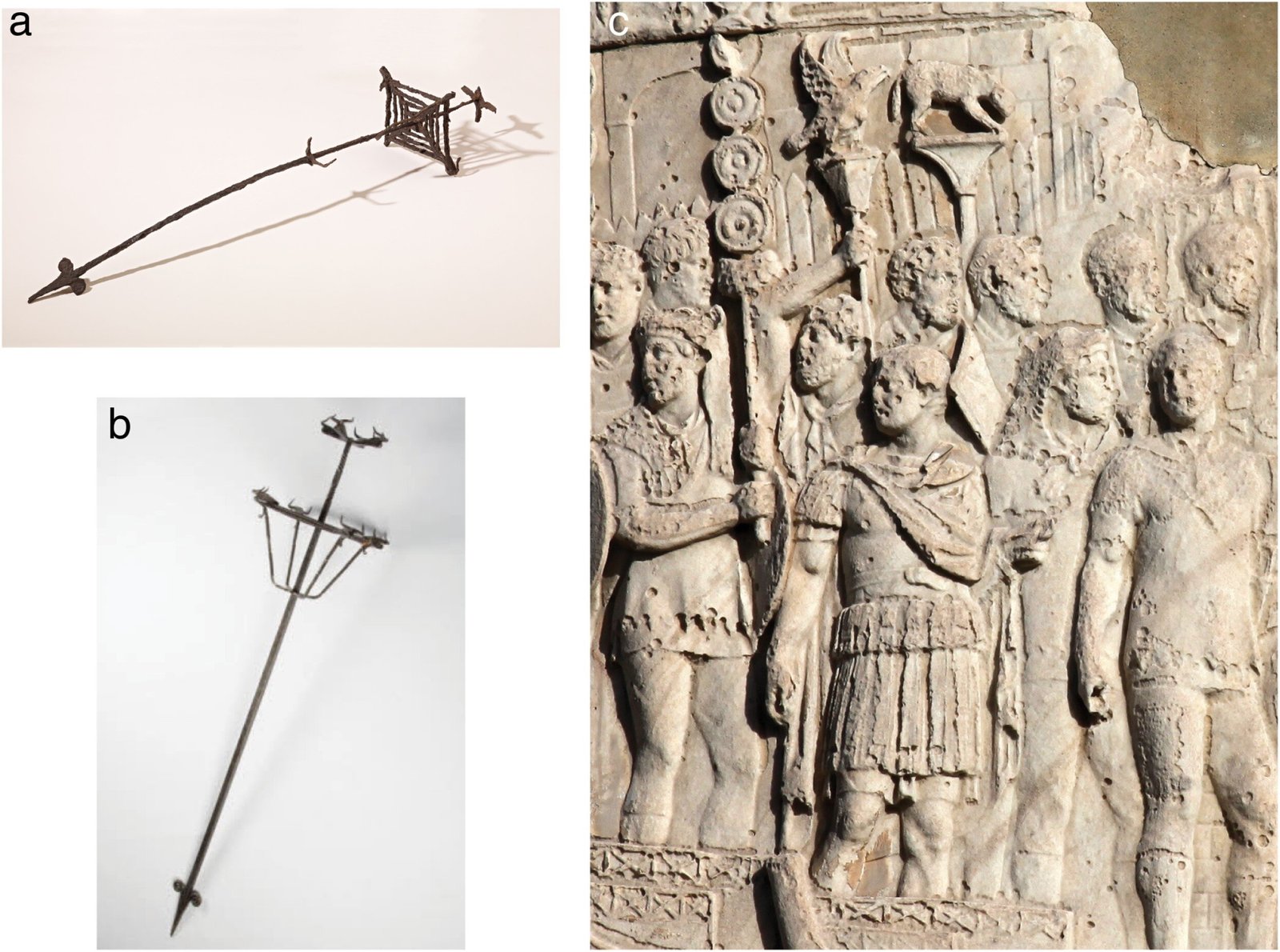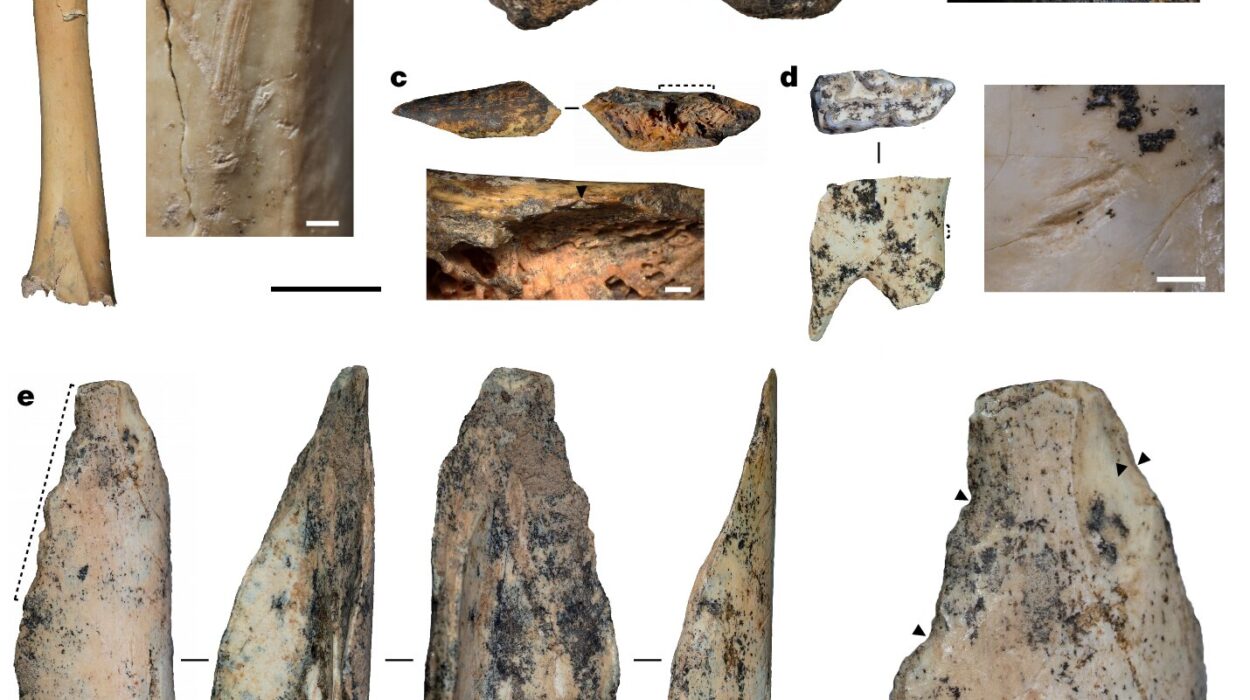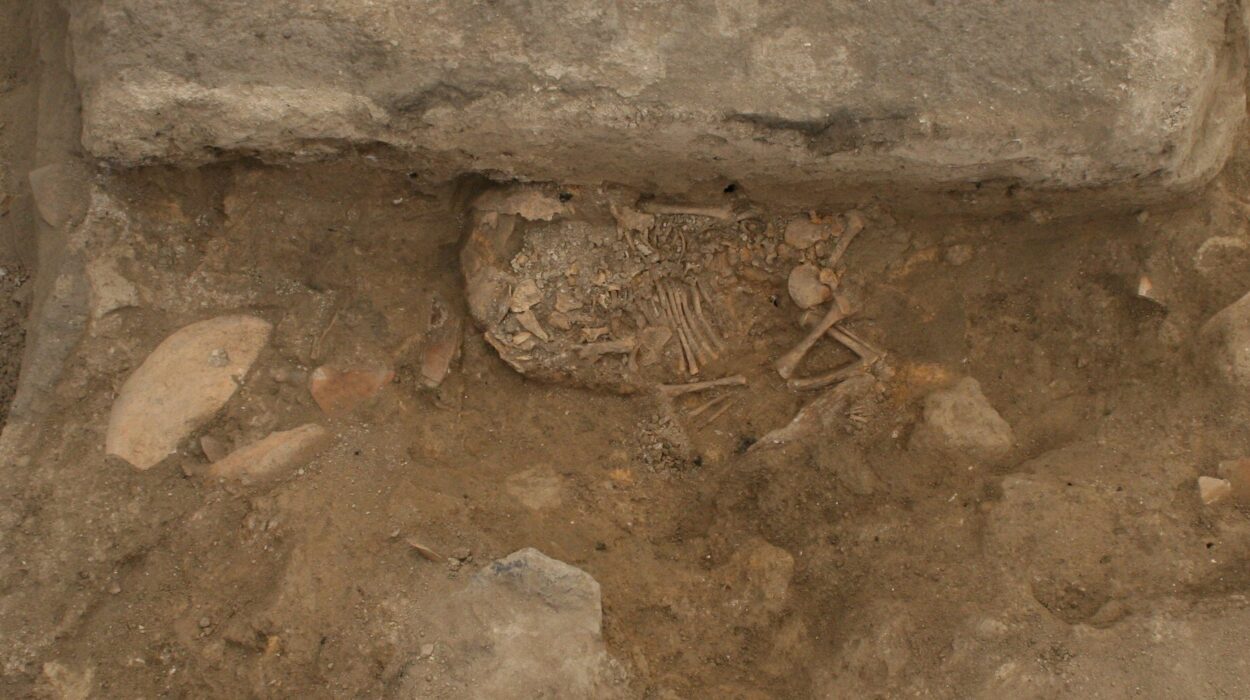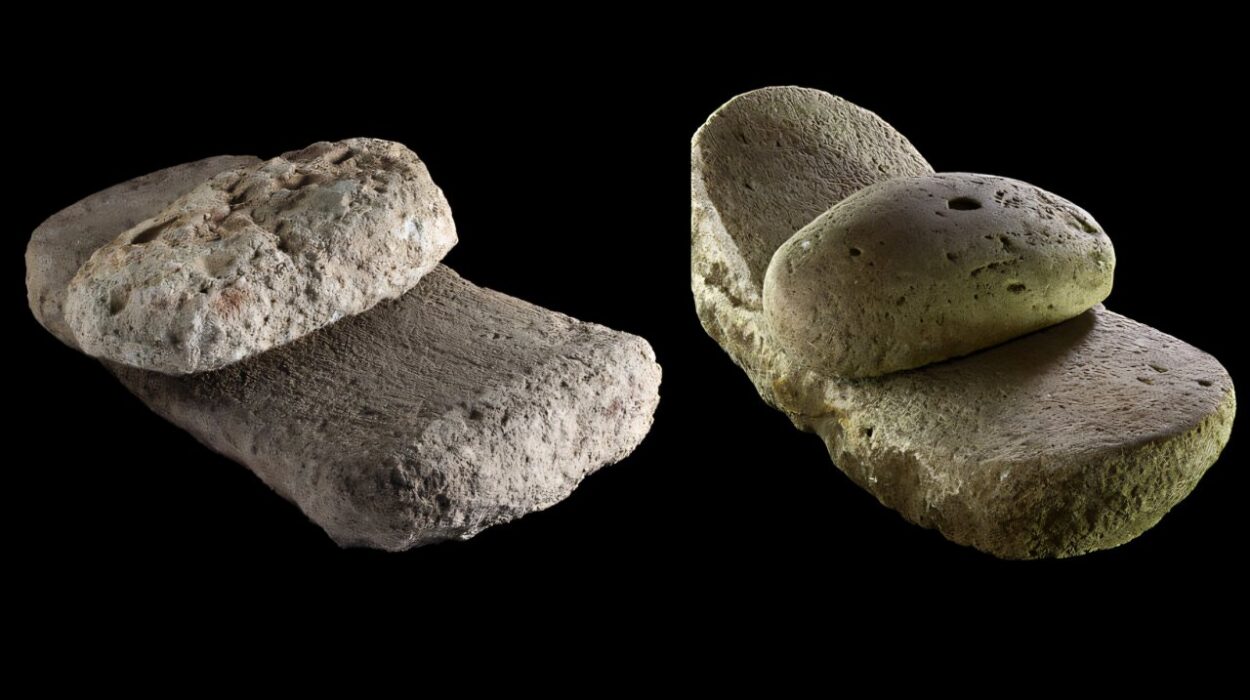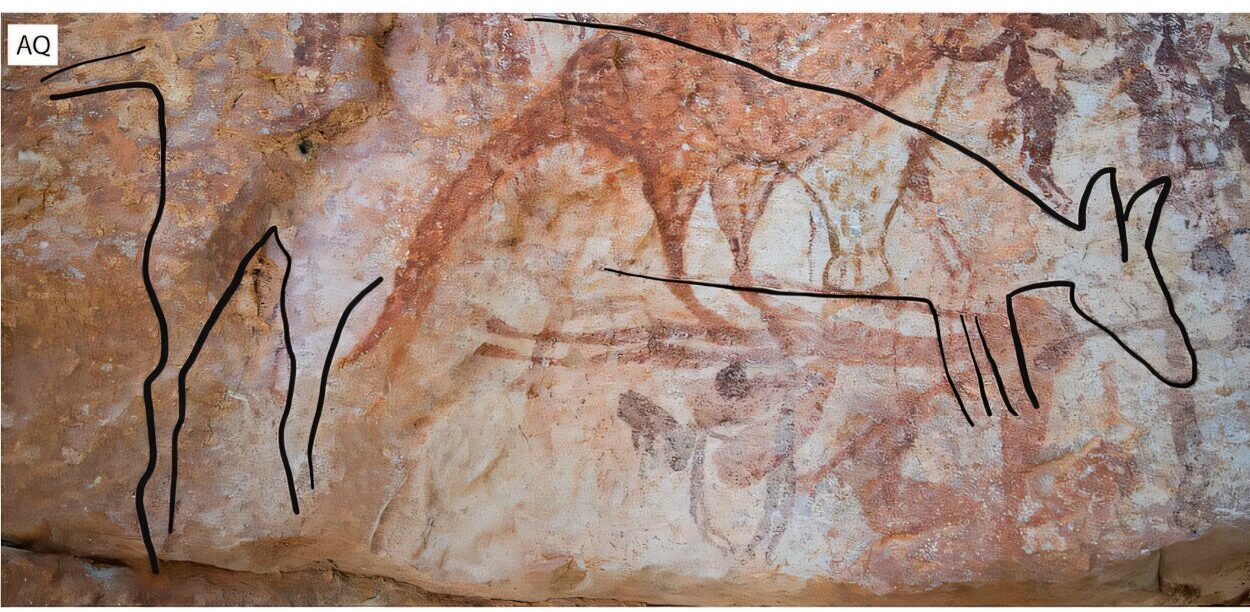Helen Gittos, a professor of medieval history at Oxford University, has recently published an intriguing new theory about the identity of those interred at Sutton Hoo, a renowned burial site near Suffolk, England. In her paper published in English Historical Review, Gittos offers a fresh perspective on the historical and cultural significance of the site, shedding new light on its role in understanding early Anglo-Saxon society. Sutton Hoo has long been one of the most debated and studied archaeological locations in Britain. The site, which has captivated historians, archaeologists, and enthusiasts for nearly a century, continues to reveal new insights into the world of the Anglo-Saxons, a group that has long fascinated scholars due to their mix of mystique, power, and artistic accomplishments.
The Sutton Hoo burial site was discovered in the late 1930s when a series of mounds, or tumuli, were unearthed during excavations in the tranquil landscape of East Anglia. Named after the Old English word “Sut” meaning heel, and “hoo” referring to a hill or mound, Sutton Hoo consists of 20 burial mounds scattered over a large area near the North Sea coast. It wasn’t long before archaeologists discovered that beneath these mounds lay not just human remains, but an entire ship burial—the kind of extravagant burial traditionally reserved for the elite. The discovery was as remarkable as it was mysterious, with an unparalleled array of high-status artifacts buried with the remains.
Since the discovery of Sutton Hoo, scholars have speculated on the identity of the individual interred in the grandest burial chamber, containing a lavish ship and extraordinary artifacts. These treasures included jewelry, silver plates, weaponry, and beautifully crafted shields. This has led many to propose that the site marks the burial of a noble or possibly royal individual. The burial mound in question, which includes a 27-meter-long ship, was thought to represent an incredibly wealthy and important person—possibly even a king or a high-ranking military leader.
Sutton Hoo has thus remained an important center of debate for decades, particularly regarding whether the person buried there was a Byzantine king or a prominent leader from the British Isles. The burial dates back to around 575 AD, a time when England was transitioning out of the dark age following the decline of Roman influence. At the same time, the Eastern Roman Empire (the Byzantine Empire) was at war with the Sassanian Empire in modern-day Iran, and Byzantine soldiers were occasionally stationed in Britain during this period.
Over the years, various theories have been proposed regarding the identity of the deceased, often suggesting that Sutton Hoo’s famous burial may have belonged to a Byzantine figure. This is partly due to the presence of artifacts associated with Byzantium, such as luxurious silver plates, which suggested influence or a possible connection to the Roman Eastern Empire. At one point, some even hypothesized that the burial belonged to a Byzantine king, who had been buried in England during the Empire’s attempts to exert influence over Britain’s warrior elite. However, recent interpretations have begun to question these romantic notions, opening up other possibilities.
It is here that Helen Gittos’s recent work brings a new and transformative insight to the discussion. For many years, the focus has predominantly been on the idea that the buried individual may have been a person of royal or Byzantine origin, someone who came to Britain from the East. However, Gittos challenges these assumptions by re-examining not just the artifacts found at Sutton Hoo, but also the context of their discovery in relation to similar sites across Britain. She explores how objects such as swords, jewelry, and shields were of exceptional quality, which suggests a high level of status.
One of Gittos’s key observations is the similarity between the artifacts unearthed at Sutton Hoo and those found in other sites throughout the East Anglia region, particularly those associated with soldiers from Britain who had served as mercenaries in the Byzantine military. This was a crucial observation that had often been overlooked by previous researchers. These soldiers had been recruited into the Byzantine Empire during the sixth century to support the war effort against the Sassanian Persians in the Middle East.
Rather than seeing the artifacts from Sutton Hoo as indicative of a foreign royal figure, Gittos suggests a more plausible theory: the people buried in the mounds may have been local Anglo-Saxon soldiers who had fought in the Byzantine Empire. These soldiers were respected for their service, having returned home as heroes after years of fighting abroad. According to Gittos, the high-status artifacts buried with these soldiers are not indicative of an imported ruler, but rather a local elite community’s reverence for the warriors who had been involved in foreign conflicts. This would also explain the lavishness of the burial ritual, a hallmark of high-ranking individuals in Anglo-Saxon culture. By granting them a magnificent ship burial, these men were elevated in death to a status befitting their extraordinary service in an empire far from their homeland.
Gittos’s theory also benefits from recent discoveries at the site. Earlier interpretations focused primarily on the idea that Sutton Hoo contained the remains of one individual—most famously identified as a potential king. However, more recent excavations have revealed that the mound, far from being the burial place of a single individual, contains the remains of multiple bodies. This indicates that Sutton Hoo may have been the burial ground for several men who shared similar high-status backgrounds. As Gittos points out, these new revelations challenge the notion of a singular royal figure and suggest that those buried at Sutton Hoo could have been part of a collective elite—perhaps a group of soldiers or leaders who had distinguished themselves both in battle and through their association with the distant Byzantine Empire.
Gittos’s approach connects Sutton Hoo’s artifacts to the broader landscape of Early Medieval Britain. She brings attention to other archaeological finds in the region, showing that certain designs, materials, and symbolism were not exclusive to the Byzantine Empire. Instead, these elements reflect a cultural exchange between Eastern and Western factions during the period. Gittos’s theories also resonate with the idea that Sutton Hoo, like other elite graves from this era, played a part in demonstrating the Anglo-Saxon understanding of honor, heroism, and status. The ship burial—the first major archaeological discovery from the early Anglo-Saxon period—thus takes on even more significance in this new framework, presenting a rich and dynamic view of cultural identity in a world marked by networks of influence across diverse territories.
In offering her alternative theory, Gittos challenges us to rethink how we view these early Anglo-Saxon peoples. Rather than simply focusing on foreign kings or legends, her analysis suggests that the Sutton Hoo burial likely commemorates local warriors whose deeds in distant lands were celebrated by their community. The mounds of Sutton Hoo may, therefore, represent a particular expression of early Anglo-Saxon memorialization—a complex intersection of war, loyalty, and honor.
This work highlights the vital importance of archaeology in understanding the distant past. The interpretations of sites like Sutton Hoo will continue to evolve as new techniques are developed, and as more sites are unearthed, offering us a richer picture of a civilization that laid the foundation for modern Britain. By reconsidering the burial at Sutton Hoo, Helen Gittos adds a new chapter to this ongoing historical investigation and opens up further questions about the interconnectedness of the Anglo-Saxon world, with its relationships to both local power structures and far-reaching foreign empires. Sutton Hoo remains as mysterious as ever—but perhaps more comprehensible through Gittos’s analysis, which pushes the boundaries of our understanding of early English identity.
Reference: Helen Gittos, Sutton Hoo and Syria: The Anglo-Saxons Who Served in the Byzantine Army?, The English Historical Review (2025). DOI: 10.1093/ehr/ceae213
